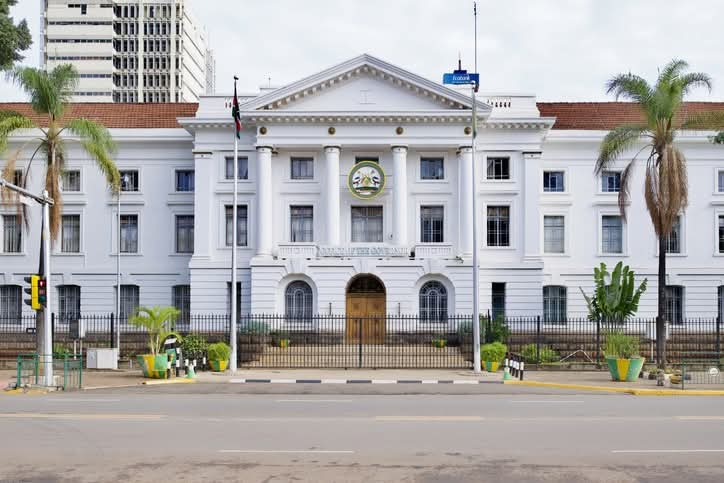Is Nairobi Working? Sakaja Explains Key Gains Over the Past 3 Years
Share
Nairobi Governor Johnson Sakaja has expounded on his Let’s Make Nairobi Work slogan, outlining what has been achieved over the past three years and what lies in the pipeline.
Speaking during an interview on Inooro FM, the Governor expressed confidence in his administration’s delivery and projected further gains as ongoing projects near completion.
The Governor highlighted reforms aimed at supporting entrepreneurs. Previously, business owners had to acquire multiple licences to operate.
“Now we have the Unified Business Permit just one licence with all services. You don’t need to come to City Hall. Just go online on NairobiPay and get it. It is working,” he explained.
Sakaja also pointed to revenue as a critical turnaround.
“Before I came in, Nairobi had never surpassed the 10 billion shilling mark in revenue collection. In my first year, we collected 10.8 billion, then 12.8 billion. By June 2025, we hit a historic 13.8 billion. It has worked,” he said.
Nairobi Green Army
The Governor praised the hiring of 4,000 Green Army workers on permanent and pensionable terms the first such move since 1987. The county has also acquired 27 tippers, 24 compactor trucks, and skip loaders to strengthen garbage collection.
Looking ahead, Sakaja pointed to the establishment of the Green Nairobi Company Limited, an autonomous body that will manage solid waste and spearhead the development of a 45-megawatt waste-to-energy plant at Dandora.
School Feeding Programme
Sakaja said the county’s school feeding programme has transformed education.
“When I took office, one in four learners went to school without food. Today, we are feeding 316,000 learners across 230 public schools in all 17 sub-counties under the Dishi na County programme. As of July, the county had served its 50 millionth meal, with enrollment increasing by 35 percent,” he said
Nairobi Water
On water, Sakaja said his administration has increased daily supply by 140 million litres, significantly improving access and pressure in previously underserved areas.
“We are laying a 14-kilometre pipeline from Gigiri through Shauri Moyo, Bahati, Buruburu, Mukuru, and surrounding estates. Once complete, this will be a game-changer,” he noted.
Thirteen county estates are undergoing redevelopment to replace old single-dwelling units with modern apartments.
“Nairobi has 6 million people during the day and 5 million at night. The population will only grow, and we must provide housing to meet that demand,” Sakaja said.
Order in CBD
The Governor added that his administration has restored order in the CBD by relocating hawkers to backstreet corridors, removing illegal signposts, installing dustbins, paving streets with cabro blocks, and expanding street lighting.
“We are also building new markets, including in Kahawa West and other areas, to accommodate traders and improve livelihoods,” he said.
For the first time, the Auditor-General issued a qualified opinion audit report for Nairobi County’s Revenue Fund under Governor Sakaja, acknowledging progress in financial management and accuracy of records.
Sports & Ward Development
Sakaja also reaffirmed his commitment to sports development.
“We are currently building stadiums in Makongeni, Mwiki, Woodley, and Kihumbuini. These projects will be ready before the end of 2026 and will revolutionize the economies of those areas.”
Sakaja says Nairobi City County has progressively supported the Ward Development Program (WDP) to drive grassroots projects. With each ward getting 23M shillings annually
As Nairobi’s population continues to grow, Sakaja maintained that his administration’s reforms are both timely and necessary.
“We said we would make Nairobi work. It is working and it will continue to work,” he reiterated.
Adding that his slogan keeps him accountable to deliver.

#City Hall#Nairobi Kenya#GovSakaja
Photo credit:AJS
You Might also Like















